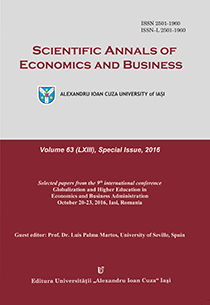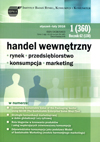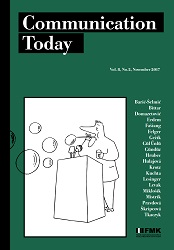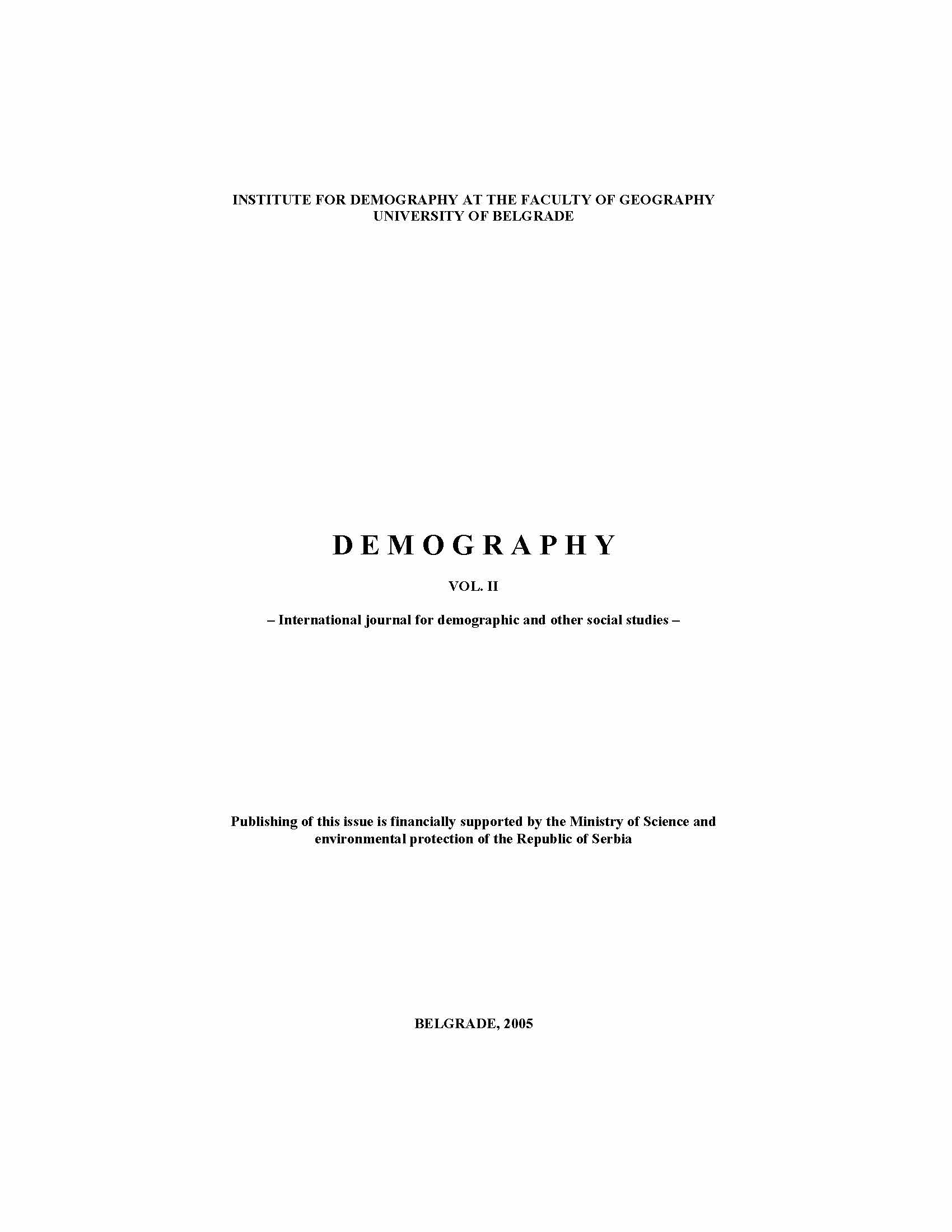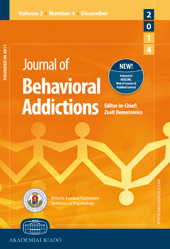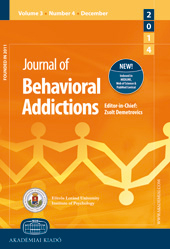
IMPACT OF ACCELERATED MOBILE PAGES FORMAT ON CORPORATE WEB SITES
In this digital era, application of newly developed information technologies into practical life is an integral part of any marketing team in all sectors. Due to the increasing technological miniaturization and mobility, the behaviour of potential customers and companies in accessing online available data is changing. The dominance of mobile access to the information content on the internet was noticed by search engine companies, and new criteria take into account if sites are mobile optimized. The digital presence of the company or product and their positioning is one of the factors that affects the brand awareness and attracts the attention of potential customers and business partners. This study examines available methods of mobile optimization and possibilities of implementation of AMP webpage format tailored for mobile devices, and examine the issue of its application for corporate marketing on example of Visegrad countries. One of the implications related to brand management is that the earlier the AMP is implemented, the greater the chance for a better visibility, as the result of Google’s institutional memory.
More...
